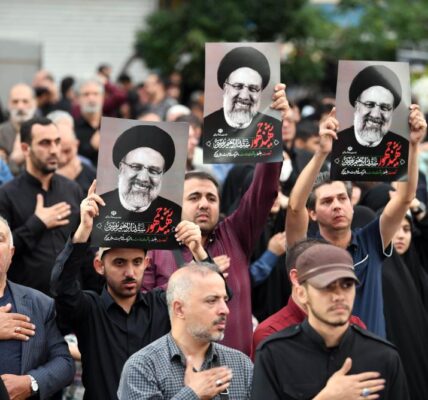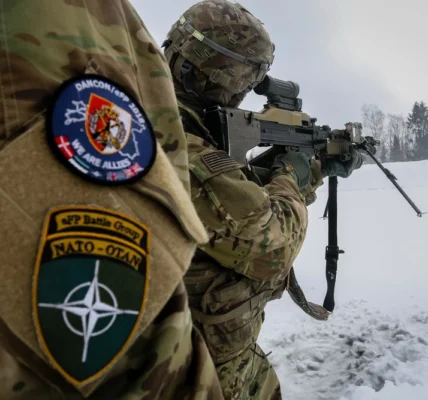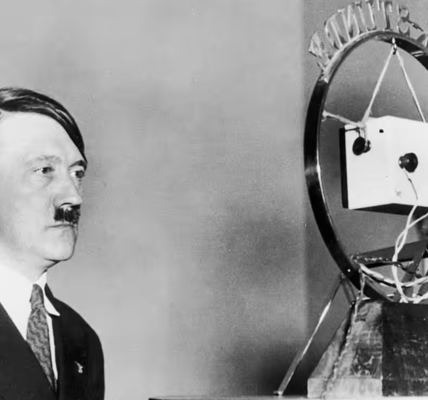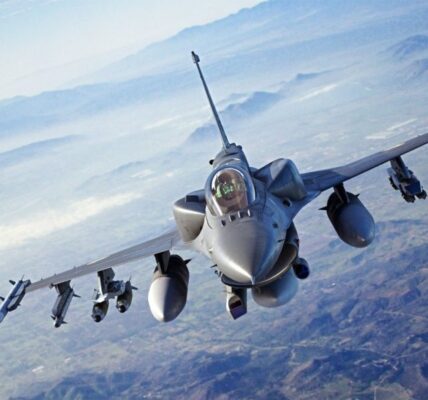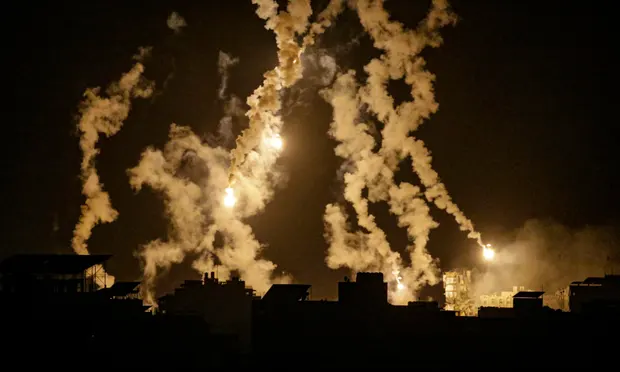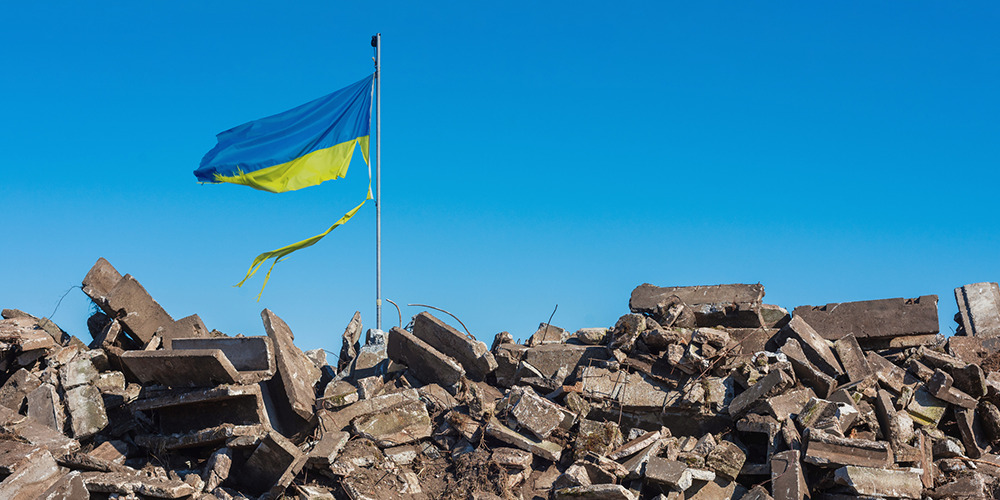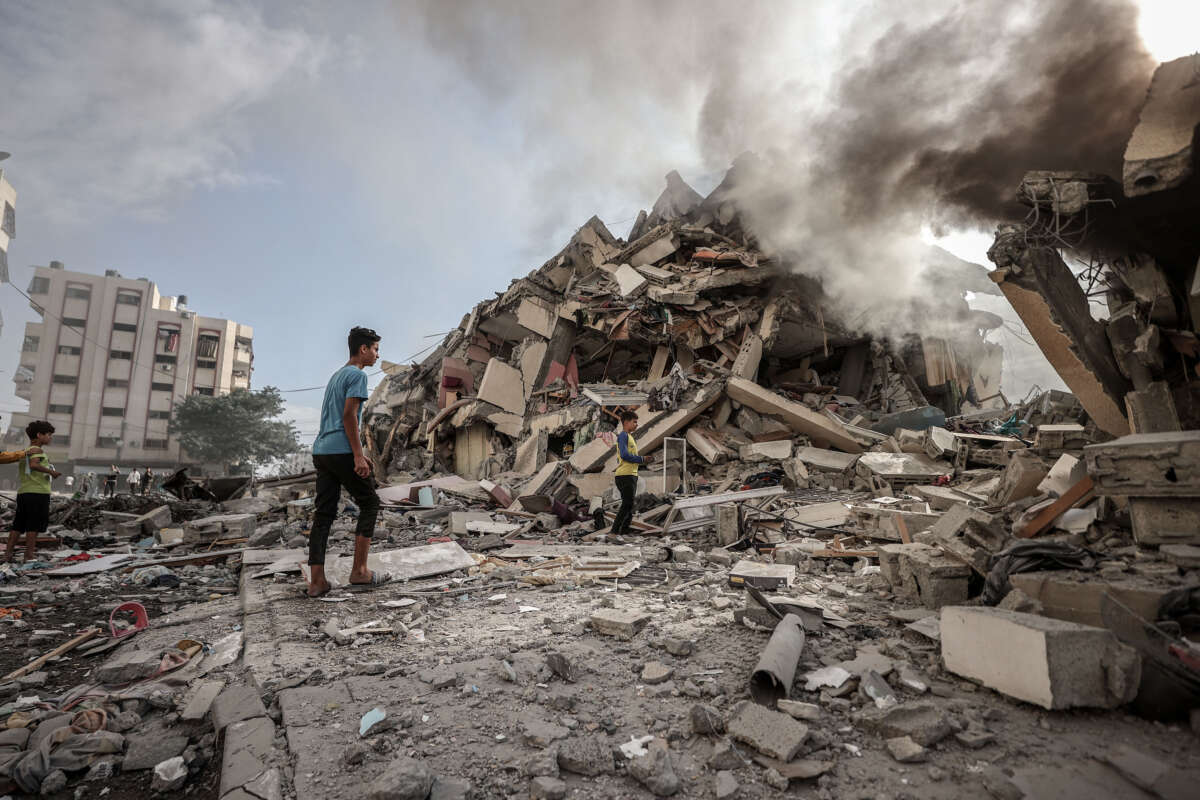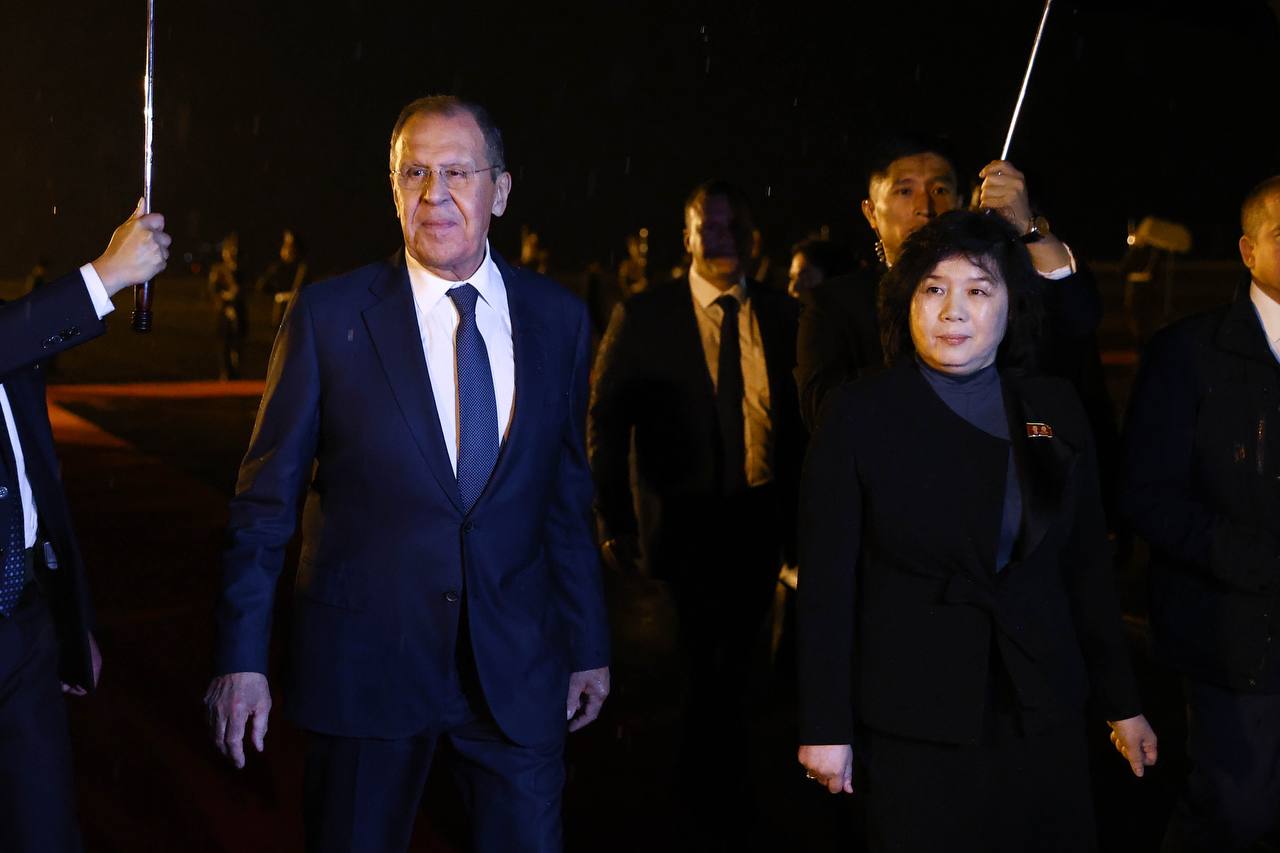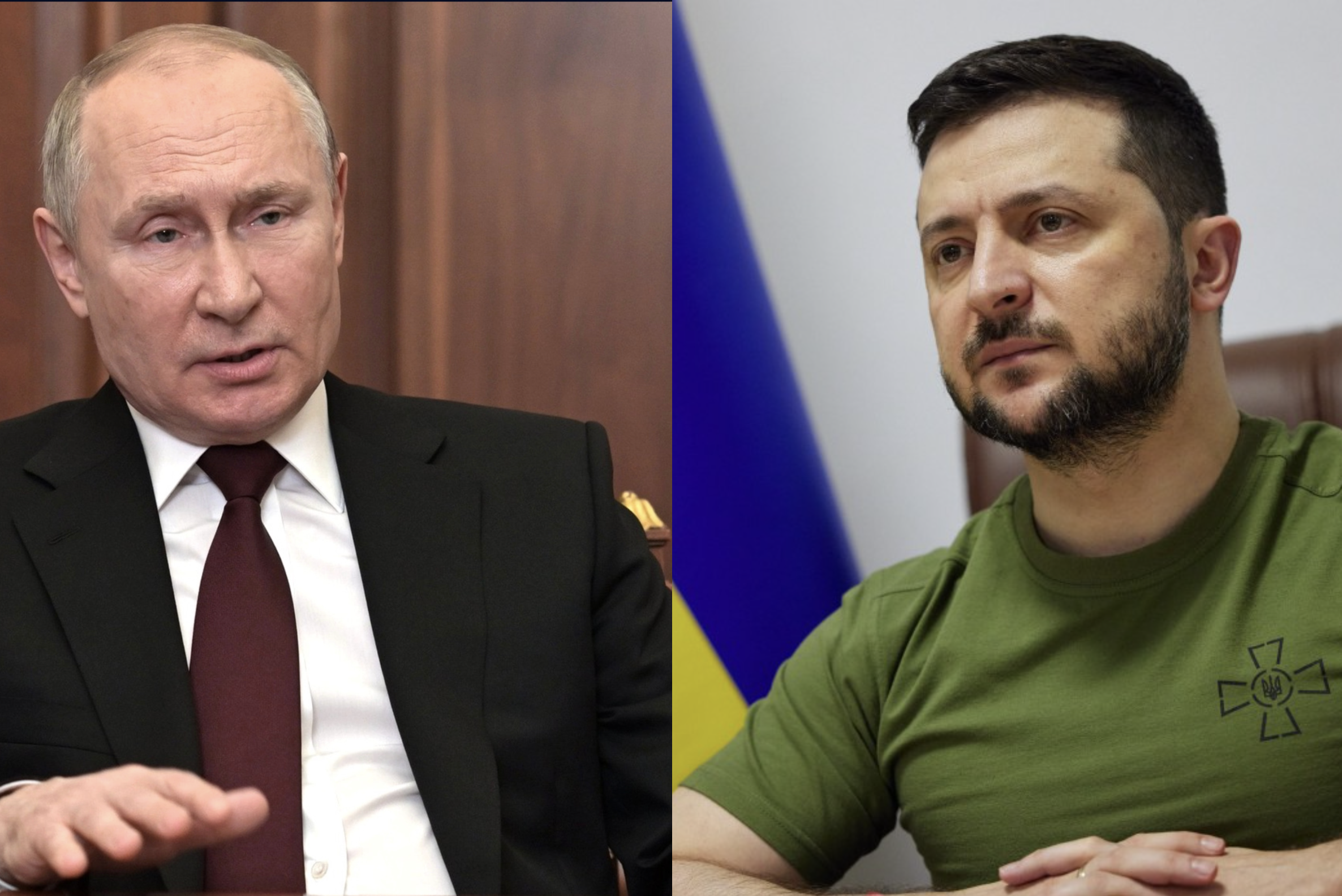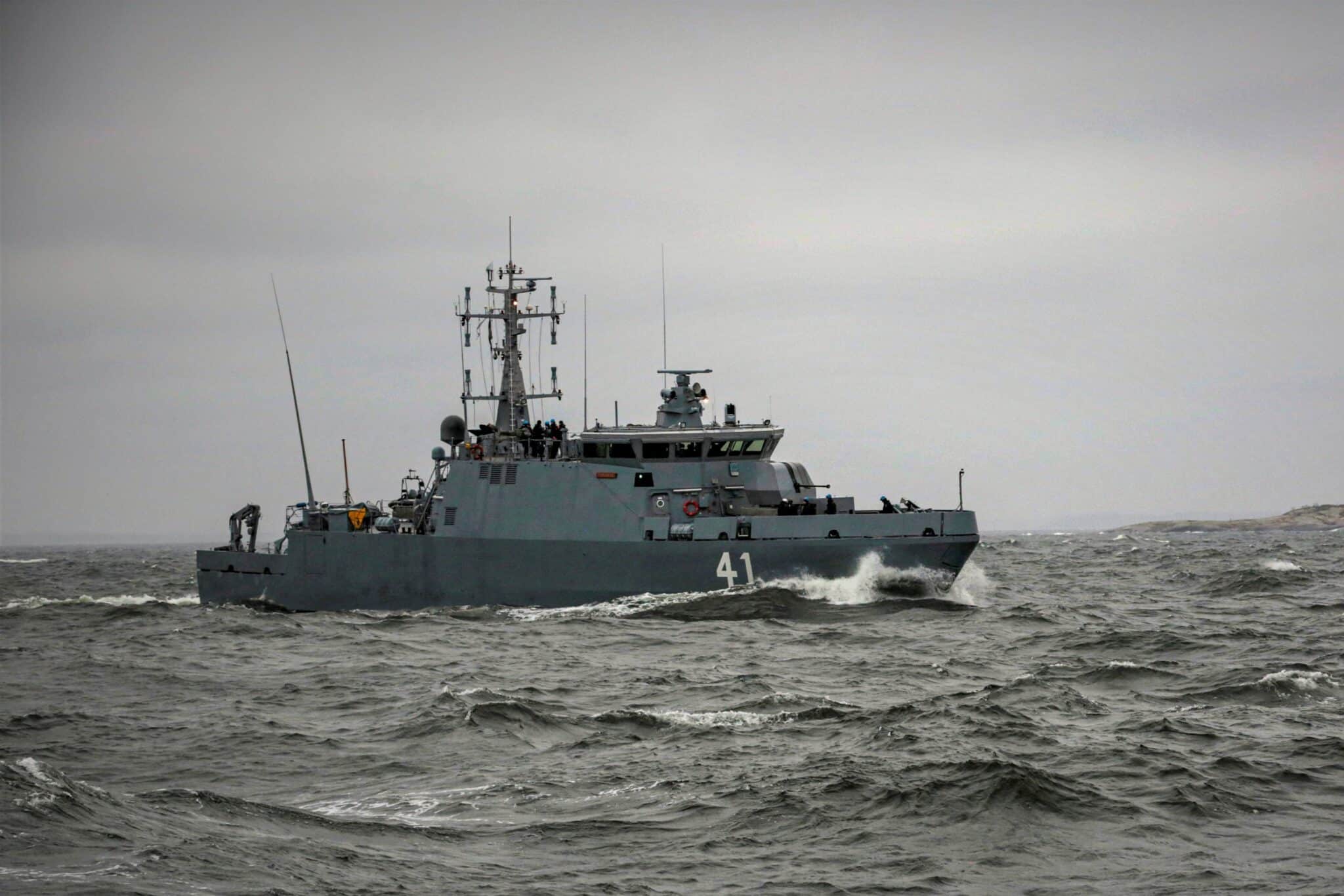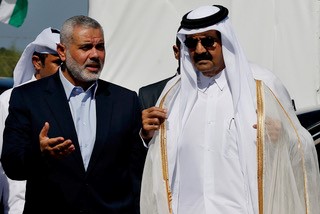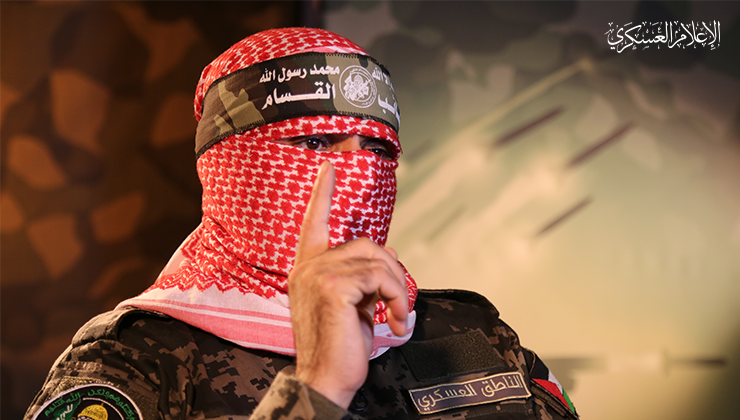The British Army is in serious trouble. How did this happen and what can be done about it? Guest writer Colonel (retd) Harry Fullerton OBE gives his view.
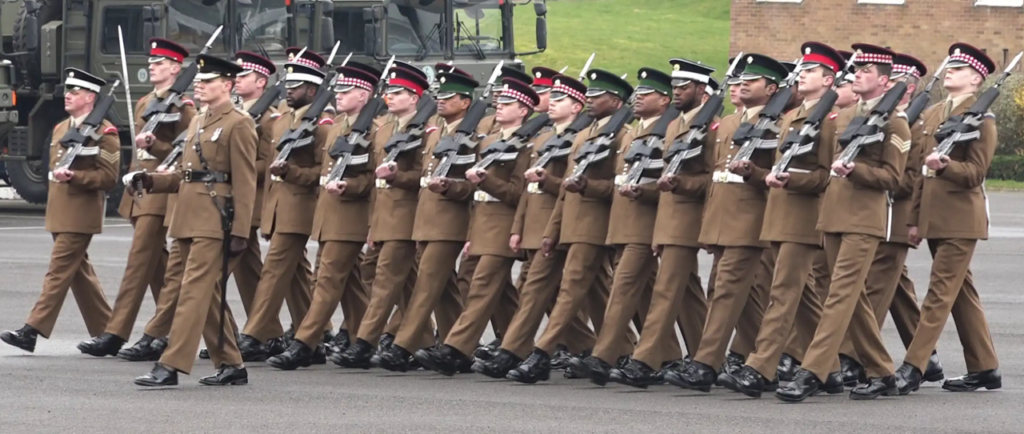
The British Army’s regular force now stands at a mere 72,000 soldiers, the smallest it has been since the mid-Eighteenth Century. Whilst it is still a much respected organisation that continues to deliver incredible outputs, it must now contend with the new Labour Government’s Strategic Defence Review (SDR 2025), which will be looking for further ways to deliver the UK’s mandated defence outputs for less. Regular Army soldier numbers should not be the only factor in deciding how the Land Force should be structured, however they do constrain what tasks and outputs the Army are instructed to achieve. And today’s small number of regular troops appears contrary to the current global instability caused by the Russian invasion of Ukraine, as well tension and conflicts in the Middle East and beyond. It worries the UK’s allies across NATO, but especially in the US. An independent report issued in 2024 by New Bletchley is a clear warning that the UK is running huge risks by ignoring the ever weakening capability of the British Army.
In 2021, the previous Government’s Security Defence Review (SDR) dealt an uncomfortable blow to the British Army. The Army was reduced from a regular force of some 82,000 to 72,000. Regiments became smaller and more niche in their roles. The Army reduced from two warfighting (armoured or mechanised) divisions to just one. Equipment capabilities were cut and a new era of ‘light, expeditionary and agile’ was announced. Back in 2021, this almost seemed like a plausible concept for the future Land Force to many optimists. A return to armoured warfare (i.e. the mass use of tanks and heavy artillery) anywhere in the world, let alone in Europe, appeared highly unlikely. Yet just a year later, President Putin invaded Ukraine (for the second time) and suddenly all bets were off.
Warfighting
The British Army has retained, in theory, the ability to deploy and operate as a warfighting armoured division. However, it is obvious to most in the profession that the British Army’s core capability of armoured warfare had been diluted to a point where it would be difficult to deploy now with the kind of capability that it promises to deliver. It is not just tank numbers that have ben cut in successive SDRs (which will always grab the headlines), but all the essential combat support such as armoured engineers, bridging assets, equipment support, communications and logistics that also took hit after hit, and cutback after cutback. Over the years, a catchy phrase called ‘frontline first’ has tried to cover over the cuts to all the combat support and support capabilities. It is an easy image to portray in peacetime but it falls apart very quickly when that same armoured division needs to deploy in short order, and then be sustained on combat operations for possibly many months. Given these changes and cuts to the British Army, it becomes harder to convince NATO allies, especially the US, that the British Army is still capable of deploying and operating at the sort of scale an armoured division brings with it. There is one thing worse for an army than not having a desired warfighting capability, and that is pretending that you have one. And that is where the British Army finds itself today. How did this happen? When did it happen? What caused it? And what, if anything, can be done about it?
Boiling the Frog
The answer to these questions is not to be found in any one specific Strategic Defence Review, annual government budget, nor at a particular point in time when Defence cuts were imposed. It has happened over a period of thirty five years, ever since the fall of the Berlin Wall and the collapse of the Soviet Union in 1989. Further Army cuts were justified by the ending of The Troubles in Northern Ireland in 1997. These were times when the phrase ‘the Peace Dividend’ was invented, and used understandably as a way to explain how the UK Government need not spend so much on defence, given that the main threat from the Soviet Union had gone. However, the peace dividend idea was overused. In the intervening years, at every SDR, the Land Force has become smaller and less capable of deploying en masse. Yet as this has been done over time and with clever marketing and a dose of self-deception from those trying to justify the cuts, the true reduction in Army capability has been camouflaged.
The analogy of the boiled frog comes to mind. The frog is not killed by being thrown into a cauldron of boiling water in a single moment. Instead, it is left to swim in a cool pot that is slowly heated. At first, the warmth is perhaps welcomed, but soon the gradual heat overcomes the frog and long before the frog is boiled, it realises that something is not right, yet it is too late to do anything about it. Amphibian unconsciousness follows, culminating in a dead frog. So the same thing has been happening to the British Army through successive SDRs. The Army has been cut in numbers and capability, yet those who have been in charge have tried to maintain the myth that somehow smaller is smarter, more agile and delivers better ‘value for money’. From poor advice from military commanders, through to poor decision making by Government Ministers, the result is a less capable force.
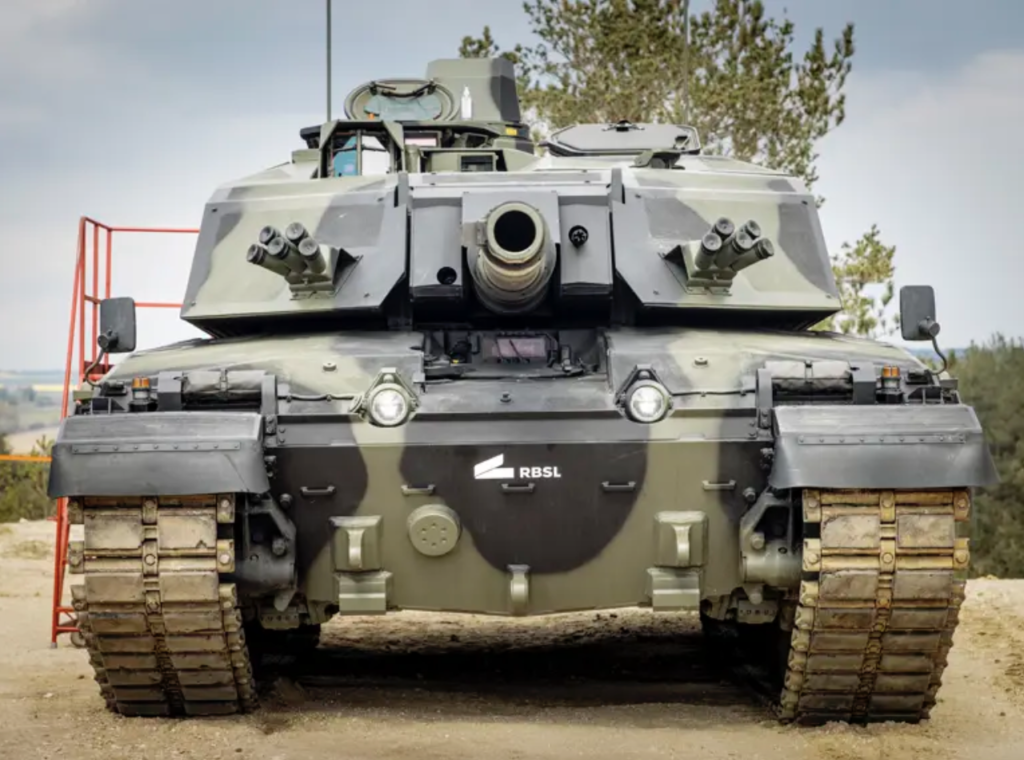
Critical Mass
There is something else that changes when an Army is significantly reduced in terms of its numbers of soldiers (perhaps following the law of unintended consequences). Where once a Regular Army of between 120,000 to 160,000 could sustain the human resource demands of combat deployments, individual postings across the globe, regimental duty, training, training establishments, international posts, staff appointments and beyond, this becomes much more difficult when the force is halved to 72,000. Few personnel become experts in their chosen arm or service as they are not in the jobs for long enough. The Army begins to lose years of experience in just a few ‘turns of the handle’ of postings. ‘Gapping’ (where posts are not filled) makes the job harder for those remaining, thus eroding morale. This unintended consequence of personnel reductions is never fully understood at each Review, so the Army continues to attempt to resource an Army structure and its outputs that are no longer sustainable and that come from a different age. As an example, by 2021 it was clear that the Army could not provide the large body of trained and experienced personnel to run the armoured training centre in Canada, known as BATUS (let alone put units and their equipment through the training). Not only did the Army now lack enough service personnel to draw from, but it also did not have soldiers with sufficient qualifications and experience, (BATUS, which is a full-on, live fire training area, is a very dangerous place when those running the safety are inexperienced or under qualified). When an Army becomes so small but still attempts the same outputs, then there are going to be problems. This is just one example of many that demonstrates that today’s Army is now below the critical mass required for what senior leaders and Ministers expect of it.
Fighting Power, Cuts, Changes and Poor Decision Making
It is not just the reduction in the number of troops that has caused the drop in the Army’s capability. Anyone familiar with the Industrial Revolution would be the first to say that changes in technology can reduce the workforce, yet increase output. The industrialisation of farming is a good example (today, this country produces more food than ever before with a fraction of the workforce seen in previous centuries). However, there are other factors at play that have led to the demise of the Army’s Fighting Power. Fighting Power is not just measured in the numbers of soldiers, or the weapon systems available. Fighting Power is described in British Military Doctrine as a combination of three things: a Conceptual Component (the ideas behind how to fight); a Moral Component (the ability to get people to fight); and a Physical Component (the means to fight). Listed below are just some of the changes or cuts that have been made over a long period of time to these three components. Any one of them taken on their own may not constitute collapse or decline, but when so many are combined, it has the effect of Boiling the Frog:
-
- Whole Fleet Management. After the dramatic cuts of ‘Options for Change’ in 1992 which saw a reduction of the regular force from 153,000 to 120,000, the first blow was the disastrous cost saving initiative of Whole Fleet Management, where it was decided that units could share equipment like tanks, radios and vehicles (after all, the Cold War was over, wasn’t it?) As a result, not only were the number of weapons, vehicles and equipment reduced, but the way they were maintained changed for the worse. The entire idea of looking after personal equipment with care and discipline disappeared. In effect, in came the principle of renting an armoured vehicle (but without a rental mechanism to ensure proper handover and maintenance). As the orders for new equipment became smaller as a result of this initiative, so the UK Defence Industry suffered from not benefitting from economies of scale of larger orders. Whole Fleet Management was a false economy for the Army, the Treasury and the UK Defence industry. It was and continues to be a disaster.
-
- Defence Research. In 2001, the Government sold off of over 50% of the MoD’s Defence Evaluation Research Agency (DERA), the impact of which reduced how the Army could afford to develop technologies. The sell off was a travesty. Where once DERA would be responsible for inventing technologies like thermal imaging and touch screens, the new organisation (Dstl) finds it hard to secure funding for scientists on pushing the limits of defence science. Very often research and technology development is now left to private companies, which may not have the same incentives or requirements as the Ministry of Defence and/or the Army.
-
- Financial Accounting. In 2000, the Ministry of Defence, alongside the rest of Government, was forced to adopt Resource Account Budgeting (RAB), an accounting system that encourages budget holders to sell off assets, (against one of the principles of war that of always maintain a reserve) and account in a way that prevents major equipment programmes from succeeding. RAB encourages reducing military stockpiles and the practice of ‘lean logistics’, known in industry as ‘just in time logistics’, which is fine for some government departments and industries such as car production, but a massive liability for an army. RAB encourages the selling of MoD land and buildings, (where although these buildings might not be needed now, they are part of the resilience required of a military when times get tough). RAB also restricts how the Army can use its limited funding, as this funding is divided into different ‘types of money’, which have different rules for its use. It makes the early stages of procurement particularly difficult. Above and beyond any other change to the Ministry of Defence, RAB is one of the worst things to have ever been imposed on Defence. Yet it is a subject that not many Army Staff Officers and even Senior Commanders either understand or have heard of.
-
- European Court of Human Rights. In 1998 the British Government introduced the Human Rights Act, thus enshrining the European Court of Human Rights (ECHR) into law. This has had a massively detrimental effect on the Army over the past 25 years, in effect, arming the enemies of the UK with a powerful tool. The ECHR does nothing to defend the interests of the United Kingdom, nor even to prosecute those who violate our strict military law. Instead it simply enriches lawyers and gives voice to those adversaries and enemies who wish to do harm to the UK. It thus erodes trust between the Government and very people it puits in harm’s way.
-
- Family Housing. The entire military housing stock was sold off, only to be rented back by the MoD, at greater overall, long term cost, with broken promises of how the money raised would be invested back in the housing stock. This was the beginning of the breaking of the Military Covenant between the Government and those that serve in the Armed Services.
-
- Logistics and Procurement. The Defence Logistic Organisation (DLO) was merged with the Defence Procurement Agency (DPA) to produce Defence Equipment and Support (DE&S) which now finds itself cut to the extent that it is unable to do both jobs properly. A subsequent privatisation of DE&S failed, but there was not much thought given to a Plan B. The result is that there are two competing requirements for DE&S (running current military equipment and procuring new equipment and there is not enough resource now to do both) which ensures continued MoD procurement chaos.
-
- Recruiting. Army Recruiting has been outsourced multiple times and at huge expense to keeping up the numbers. Misunderstanding how important it was to retaining this activity ‘in house’ was a major failing. This disaster manifests itself in poor recruiting and retention figures.
-
- Equipment Repair. The Army Base Repair Organisation (ABRO) was sold off and then contracted out. It has left armoured forces in the hands of contracts and an agency approach that limit repair and supply.
-
- Exercise Doctrine. Doctrine writing, threat analysis and support to troop exercises is now contracted out. Given that doctrine and threat analysis (understanding the enemy and how an Army fights that enemy) is central to any Army’s existent, this was a shortsighted decision. Whilst the output by the contractors can be excellent, there is now a growing gap where personnel are not educated in the threat or doctrine writing for exercises.
-
- Professions. The Arms and Services Directorates (those professional bodies that understood and were responsible for each capability of the Army) were closed down, with no new system put in place to ensure that the core professions of the Army were managed with sufficient detail. To make this worse, further personnel cuts in Army Headquarters where the capability management was moved to, has worsened an already dire situation. On top of this, the Arms and Services’ Trial and Development Units (TDUs) have been merged, thus diluting knowledge. The result is that there are no longer many experts in armour, artillery, engineering, communications, repair or any other the Arms and Services. Once it is gone, it is hard to bring back.
-
- Stock Piles. Bases across the UK were sold off, logistic stock piles whittled down and training areas closed. Contracts with industry to cover third line repair and supply mean there is less REME and RLC in depth. The 2022 Ukraine War and the rush to supply Ukraine with equipment, supplies and ammunition demonstrated just how exposed the British Army was to fighting a long and demanding war.
-
- Procurement. Procurement disasters, such as the FRES[1] armoured vehicle programme and the Bowman communications system have set the Army back years. The Army and the British Land Defence Industry continues to suffer the consequences of decisions made over 25 years ago concerning such programmes. Further more, every procurement initiative designed to improve the situation, such as the Smart Procurement initiative from 1998, just makes the situation worse by installing more process with no tangible improvement to output. And to fast forward to today, the list of activities and requirements needed to go from an equipment concept to a capability in the soldiers’ hands is now mind blowingly long and virtually impossible to achieve in the time window set for relevant delivery to the user.
-
- Training. The running of training areas was contracted out, so that training became a cost centre and thus unaffordable for all the low level training, (yet essential training progression). It is no surprise that training now becomes too expensive to deliver to all. Without training, there can be little military capability, readiness, or contentment of soldiers.
-
- Feeding. The Army subsumed the Army Catering Corps into a larger organisation and contracted out much of the feeding, (now known as ‘Pay as you Dine’), which has eroded not only military chef and feeding capability (for when deployed), but also morale. It was Napoleon Bonaparte who said, “An Army marches on its stomach”, yet the contracted system has failed to look after soldiers’ needs, and their morale.
-
- Welfare (Children’s Education). Continuation of Education Allowance, that enabled soldiers and officers to send their children to boarding school because they were posted to different organisations every two years, was restricted. This now mainly affects officers’ postings, where officers are forced to take an unsuitable posting, just to qualify for the allowance, thus further damaging professional knowledge and programmes. This may be a small part of what keeps an Army motivated and recruited, but the erosion of this allowance, mainly for its commanders, has had a serious drain on Army talent.
-
- Welfare (Housing). Recently, senior civil servants attempted to allocate military housing on a needs basis, not on the basis of seniority and rank, thus eroding the career proposition of talented and hard working personnel. Luckily it was stopped, but this was an example where Civil Servants did not understand the way the Army works, how it maintains cohesion, aspiration, morale and what makes it so capable.
-
- Contracting Out of Military Capabilities. Contracting out of all these services and many more, has meant that the Army has shrunk in size (the desired effect). However, by contracting out so many services that used to be delivered by soldiers means that there is less flexibility in the system for postings (of the right people) and fewer soldiers and officers become experts in their specific science, art or trade. The result is a less professional and less flexible army.
-
- Wasted Transformation Opportunity. After the campaigns in Iraq and Afghanistan, the Army was forced to store, sell or scrap many of the new, high tech weapons, sensors and equipment that had been procured through the Urgent Operational Requirement (UOR) process. Hundreds of millions of pounds has been squandered and wasted through these forced closure measures, not helped by the way that the Army is made to account for everything (see above, Resource Account Budgeting (RAB)). It has prevented the Army from transforming in the way it is being asked to by Government, as much of the new high tech equipment could have formed the basis and start for the change.
-
- Structures. Army Structures (the way in which the Army allocates its force into different capabilities) have been changed so many times and so many different capabilities have been created that there is no longer an army that can rapidly operate at scale together. The Army is currently made up of 11 different sorts of brigade, (now called Brigade Combat Teams such as Deep Recce Strike, Armoured, Light Mechanised, Light infantry, Army Special Operations, Security Force Assistance, Air Assault, Aviation, Soft Effects, Signals and Logistics). Some of them are so small and under resourced to the new task that they cannot be called a true capability and there is little coherence. There are now two very different types of division. This leads to a two tier Army, which erodes the potential of future leaders at all levels. Furthermore, the Army continues to maintain large and highly vulnerable divisional and corps headquarters, which need to be reorganised and reformed to face the threats seen in current wars, such as Ukraine, (where large headquarters are vulnerable to smart munition attack).
-
- Erosion of Reserves. The Army Reserve has been ignored and under invested in for years. Where once the Territorial Army made up a significant slice of the reinforcement needed for a war in Europe, it is now a largely forgotten force. Yet if circumstances change and troops are needed in large numbers, the Reserves would be desperately needed. All this could be done at low cost, with high output; what the military call a good ‘bang for buck’.
-
- Risk Aversion. An imposed culture of risk aversion has become an end in itself. The Armed Services are the ultimate risk profession and one of the ways the Army manages risk on operations is through the philosophy of Mission Command. Mission Command is an approach that delegates responsibility and allows those closest to the activity or action to make decisions, so long as they are within the intent of the higher commander. Yet this approach all but dies in large headquarters, where process trumps output. Whilst the Army must remain a highly professional organisation that takes things like safety incredibly seriously, this risk aversion, be it through fear of litigation, fear of making the wrong decision, or the removal of Crown Immunity now prevents the Army from getting on with its job. Risk aversion puts up costs, it delays programmes and stops the Army thinking in the way it is supposed to think and act (risk is inherent in the job). Again, this change of culture and insertion of rules have not happened overnight. It has been decades long in the making.
This is a long list of changes and cuts, but it is by no means the full list. However, the most important point about identifying all these changes to the Army over many years is that if one wants to think about how to structure and operate an army for the future, one has to be aware and understand what has gone on previously. Perhaps some of the time, planners go into Defence Reviews without really being aware, nor understanding why things are the way they are. A lack of situational awareness and understanding is often the reason for poor decision making, the likes of which was seen in the last review of 2021.
Strategic Defence Review 2025
All four Services of the Ministry of Defence (Royal Navy, Army, Royal Air Force and Strategic Command) are now busy trying to work out how to balance the books and present their case for justifying their capability and existence for SDR 2024-25. Given the current rather worrying economic situation, every Service will be under extreme scrutiny from Government. Inevitably, a country can only have Armed Forces that can be afforded through taxation and borrowing. Yet there are many things the Army could do to help itself to weather the storm of SDR 2025. Here are perhaps the seven biggest:
1. Embrace Transformation. The character of warfare has changed dramatically since the turn of the century. Although the British Army talks about transformation, it has yet to deliver the fundamental changes that are needed to make the Army ready and capable for the new challenges and threats, as seen in Ukraine and the Middle East. Transformation is more than just adding new capabilities to the equipment inventory. It is a mindset shift towards more automation, the use of unmanned systems and Artificial Intelligence. It is about survivability and the ability to find the enemy and deliver smart munitions onto target. It involves more than just setting up a new experimentation team and requires something along the lines of a ‘Drone Command’ that looks across the Army for the transformation required. Instead of trying to ‘do things better’, the Army needs to ‘do better things.’
2. Simplify Army Structures. Instead of trying to maintain countless, different Brigade capabilities, the Army should standardise the force, delivering at least eight identical Brigade Combat Teams (BCTS), giving each a slice of things like armour (tanks), armoured, mechanised and light infantry, artillery, attack helicopters, drones, lower tier Special Forces and engineers, split over two identical divisions (four BCTs each). Such a move would align far better with what is being observed in current conflicts and the changing character of warfare. The roles and structure of the divisions must change and they must learn to operate as smaller entities that contain resilience and new ways of command. This would all have to be done within current resources and without a significant cost. This could be achieved and it would solve many of the fundamental problems that the Army currently has.
3. Use of the Reserves. Without affecting the Regular Army, a new focus on the Army Reserves is required. This will require a change of mindset, something that was first thought about but rejected in 2012, under papers written for Army 2020. The country requires an Army Reserve of approximately 100,000 personnel, all at different levels of readiness and training. Some of these Reserves may be on long readiness timelines and only paid a small annual retaining fee, with low levels of training, so as to lower costs and limit the requirement for new funding.
4. Be Realistic about Outputs. The Army needs to decide what it can achieve in terms of Defence Tasks, given the constraints of a limited budget. It needs to be honest and open with the Government about what it can achieve now and what it could achieve (with changes) in the future. Moving to identical BCTs would be a helpful start.
5. Stop Contracting Out Services. There are some things that the Army needs that can be done more effectively by civilian contractors. However, given the list of things that have been contracted out where Army capability has been reduced, it is time to stop contracting out any more activities. It contributes to the reduction in expertise of the Army.
6. Opt out of Unsuitable Processes, Laws and Practices. The use of processes like Resource Account Budgeting, Whole Fleet Management and applying the European Court of Human Rights to combat operations need to be stopped. These three things alone are eating away at the Army’s Fighting Power. Serious discussions on these topics are required between Army Chiefs and Ministers.
7. Delegate Decision Making. The Army needs to practice what it preaches and return to the philosophy of Mission Command across all of the enterprise (it should not apply just when on operations). For this to happen, Army Chiefs need to make agreements on new ways of working with Ministers and the Civil Service (who also need to be included in this approach to delegation). Large headquarters need to train, educate, trust and delegate to their staff to get on with the business of delivering the Fighting Power required for a Land Force fit for 21st Century conflict, thus bypassing the current layers of bureaucracy.
Summary
The Army finds itself in a difficult position, where years of cuts and changes have created a force that is not up to the tasks that its Government set it. In an ideal situation, more funding would be made available, but given the current economic conditions, this is unlikely in the short term (or short of a national call to arms). Even with this constrained fiscal reality, the Army still tries to maintain the notion that it is more capable than it really is. It is time for a more radical change, and whilst more investment is welcomed, much of the transformation can be started within current Army resources and with better understanding and leadership from the Government (using the suggestions made in this article). Those involved in the planning of this latest Strategic Defence Review need to look at what has changed over the past 35 years and identify what has gone so badly wrong. Then they can start to put it right. In any walk of life, this awareness and understanding is the first part of problem solving. That can lead to better decisions being made for this next Security and Defence Review.
[1] Future Rapid Effects System. To quote Black Adder Goes Fourth, “A war [programme] hasn’t been fought [managed] this badly since Olaf the Hairy, High Chief of all the Vikings, accidentally ordered 80,000 battle helmets with the horns on the inside.”

Col Fullerton OBE
Col Fullerton OBE served in the British Army for 28 years. He was the Commanding Officer of the Household Cavalry Regiment between 2008 and 2011, which included a six month operational tour in Afghanistan. In his last post, Col Fullerton served as Assistant Head of Directorate Combat in Army Headquarters.


